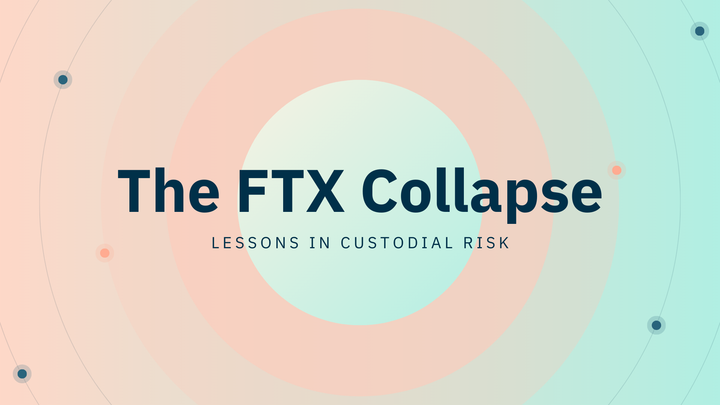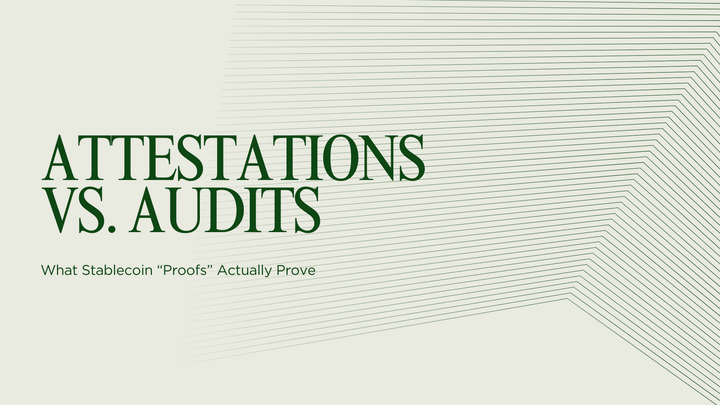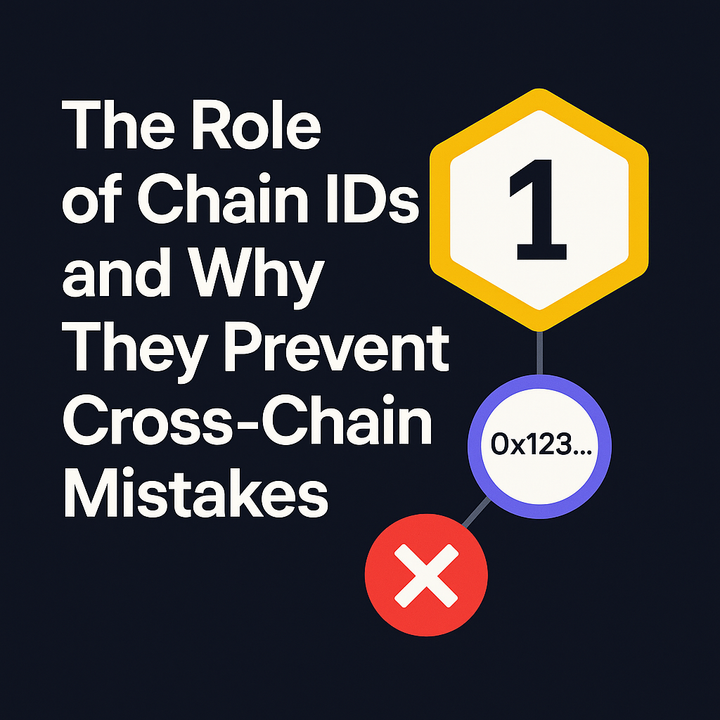Mitosis Mainnet: Unifying Liquidity for a Programmable Financial Future
Introduction: The Interoperability Imperative
The blockchain ecosystem, while revolutionary, has historically been characterized by a significant challenge: fragmentation. Each blockchain operates as an independent ledger, creating "walled gardens" where assets and data struggle to move freely between networks. This siloed nature limits the overall liquidity of digital assets and hinders the composability of decentralized applications (dApps), and ultimately restricts the full potential of a truly global and interconnected financial system. Users often face complex and costly processes to bridge assets, resulting in inefficiencies and a suboptimal user experience. The demand for seamless cross-chain communication and asset transfer has never been more pressing, as the digital economy expands beyond single-chain limitations.
It is within this context that Mitosis emerges as a pivotal solution. Mitosis is a liquidity and Liquidity (EOL) Layer 1 blockchain, specifically designed to enhance liquidity management and capital efficiency across the decentralized finance (DeFi) ecosystem. Its core mission is to unify fragmented crypto liquidity by enabling assets to be deployed across multiple chains simultaneously, offering capital efficiency, reduced volatility, and scalable DeFi utility. This innovative approach aims to rethink the movement of assets and data in decentralized networks, paving the way for a more fluid and efficient digital economy.
The anticipation surrounding Mitosis is reaching a fever pitch, with its co-founder Luke indicating that the Mitosis Mainnet launch is most likely to happen in June or July. This launch represents a critical milestone, transitioning the protocol from its testnet phases to a fully operational, real-world blockchain where genuine transactions occur and have economic value. This move is not just a technical upgrade; it's a strategic leap towards realizing a future where digital assets are truly programmable, universally accessible, and seamlessly integrated across the multi-chain landscape.
How will the full activation of Mitosis's Mainnet fundamentally reshape the dynamics of liquidity provision and asset utilization in DeFi?
Mitosis: A Deep Dive into Its Architecture
At its core, Mitosis is built upon a sophisticated architecture designed to address the fundamental challenges of liquidity fragmentation and capital inefficiency in the blockchain space. Its key components work in synergy to create a robust and interoperable ecosystem.
Ecosystem-Owned Liquidity (EOL): A Paradigm Shift
The foundational principle of Mitosis is itsEcosystem-Owned Liquidity (EOL)model. Unlike traditional liquidity pools in DeFi, where liquidity is often "rented" from external providers, leading to transient and unpredictable capital, Mitosis's EOL approach means that liquidity is owned by the protocol itself.This fosters a more stable and sustainable liquidity foundation, directly mitigating the "mercenary capital" problem where liquidity providers shift assets based on short-term yield opportunities, causing market volatility.
For the broader (https://www.google.com/search?q=%23defi-ecosystem), this stability is paramount. AI development, for instance, often involves long-term projects and significant investments in datasets and computational resources. Unpredictable liquidity would deter serious developers and enterprises from engaging with decentralized AI marketplaces. By cultivating a committed and stable liquidity base through its EOL model, Mitosis can ensure more predictable market conditions for digital assets and services, thereby fostering confidence and enabling sustained growth in the decentralized economy. This approach empowers liquidity providers with increased bargaining power and offers a novel, more efficient way to manage capital.
The Power of Restaking: Enhancing Security and Yield
A critical component of Mitosis's architecture is its strategic leveraging of restaking, primarily through its integration with Ethos AVS (Active Validator Set) and EigenLayer.This innovative mechanism allows assets, particularly staked ETH, to be "restaked" to secure the Mitosis protocol, providing an additional layer of crypto-economic security as the Total Value Locked (TVL) scales. This not only reinforces the protocol's integrity but also offers liquidity providers (LPs) additional yield opportunities, thereby incentivizing their participation in securing the Mitosis ecosystem.
The utility of restaking extends significantly beyond mere protocol security. EigenLayer, for instance, provides a critical infrastructure that allows other decentralized services to access Ethereum's robust economic security without needing to bootstrap their own security networks. This is particularly relevant for securing the integrity and verifiable execution of various on-chain operations, including those related to stablecoins and even
decentralized AI validation. This creates a powerful economic incentive for honest behavior and a robust defense mechanism against malicious actors, addressing concerns about the "black box" nature of complex digital processes. For institutions, this modular security stack, where exposure can be configured and audited per protocol, is highly meaningful.
Seamless Cross-Chain Communication with Hyperlane
Mitosis significantly enhances its interoperability by building the CosmWasm version of Hyperlane. Hyperlane is an open, permissionless interoperability layer that enables seamless communication and asset transfer across various blockchain networks, including EVM, Sealevel (Solana), CosmWasm, Move, and Fuel VM. This collaboration is crucial for facilitating the fluid movement of data and assets across the fragmented modular blockchain ecosystem, which is vital for a truly decentralized financial landscape.
Hyperlane operates using a "Mailbox" smart contract for interchain message transmission and offers customizable security options through Interchain Security Modules (ISMs). This modular design allows developers to tailor security to specific application needs and supports various virtual machines. The critical role of permissionless interoperability for a multi-chain future cannot be overstated. It enables flexible, secure, and customizable data and asset flow between any chain, positioning Mitosis as a critical "data superhighway" for various digital assets, including stablecoins and even multimodal AI data. This foundational infrastructure is essential for building truly distributed applications that can leverage resources and data from a fragmented digital landscape without being confined to isolated silos.
Mitosis Component | Description | Key Benefit for DeFi & Beyond |
Ecosystem-Owned Liquidity (EOL) | Layer 1 blockchain where liquidity is owned by the protocol, not rented from external providers. | Provides stable, sustainable, and predictable liquidity, reducing market volatility and attracting long-term capital. |
Restaking (via EigenLayer/Ethos AVS) | Allows staked ETH to be re-used to secure Mitosis and other decentralized services, enhancing crypto-economic security. | Offers an additional layer of trust and verifiable execution for various on-chain operations, including stablecoins and AI models, while providing LPs with extra yield. |
Hyperlane Integration (Cross-Chain Interoperability) | Enables seamless, permissionless communication and asset transfer across diverse blockchain networks (EVM, Solana, Cosmos SDK, etc.). | Facilitates fluid movement of data and assets, breaking down silos, enabling multi-chain dApps, and supporting complex financial and AI applications. |
Table 1: Mitosis Protocol Components and Their Relevance
The Road to Mainnet: A Pivotal Launch
The journey to a fully operational blockchain is a meticulous process, involving extensive development, rigorous testing, and community engagement. Mitosis has been steadily progressing through these phases, building anticipation for its imminent Mainnet launch.
Anticipation Builds: The June/July Launch
According to co-founder Luke, the Mitosis Mainnet launch is most likely to happen in June or July. This announcement marks a significant moment for the project and the broader DeFi community. A Mainnet is the fully functional, live version of a blockchain network where genuine transactions occur and have economic value, unlike testnets, where tokens have no intrinsic value. The transition from testnet to Mainnet is a critical milestone for any blockchain project, signaling its maturity and readiness for widespread adoption and real-world applications.
This launch will enable the full realization of Mitosis's vision: a programmable, sustainable liquidity infrastructure aimed at establishing a lasting, community-driven DeFi ecosystem. It represents the culmination of extensive development efforts and opens the door for users and developers to engage with the protocol in a live, economically significant environment.
Testnet Success and Community Engagement
Prior to its Mainnet debut, Mitosis has undergone rigorous testing phases. The project has been actively engaging its community through initiatives like the Expedition campaign, an airdrop-style rewards program offering MITO Points for active participation. This strategy not only incentivizes early users but also provides valuable feedback for refining the protocol's features and ensuring its robustness.
The architecture of Mitosis is designed with multiple elements that work together to support adoption and provide lasting value, including its blockchain infrastructure, token utility, and governance mechanisms. The $MITO token, for instance, functions as a governance asset, staking token, and ecosystem reward currency, facilitating activities like DeFi staking, participation in Matrix vaults, and liquidity mining. Holders of $MITO will participate in Morse DAO, voting on major decisions including protocol upgrades, liquidity strategies, new vault launches, and ecosystem partnerships, ensuring community-led development and decentralized control.
Strategic Milestones Achieved
Mitosis has been gaining serious momentum ahead of its anticipated Mainnet launch. The project successfully raised $7 million in seed funding in May 2024, led by Amber Group and Foresight Ventures, with backing from other prominent crypto investors. This funding milestone comes as Mitosis nears the completion of its Mainnet audit, a crucial step to ensure the security and reliability of the protocol before its full public release. The expansion of its Matrix Straddle Vault with deeper liquidity further demonstrates the project's commitment to building a robust and efficient ecosystem. These strategic achievements underscore the project's readiness to deliver on its promise of revolutionizing cross-chain liquidity.
What new opportunities will the Mitosis Mainnet unlock for developers and institutions seeking to build on a truly interoperable financial infrastructure?
Programmable Liquidity: Unlocking New Frontiers
Mitosis's core innovation lies in its ability to provide programmable liquidity, a feature that can profoundly impact various sectors of the digital economy, from stablecoins to decentralized AI.
Redefining Capital Efficiency
The Ecosystem-Owned Liquidity (EOL) model of Mitosis is central to its programmable liquidity. By owning its liquidity, Mitosis can ensure greater stability and predictability, which is crucial for maximizing capital efficiency. This means that capital can be deployed more effectively, reducing the need for excessive collateral and enabling more agile financial strategies. Mitosis aims to unify fragmented crypto liquidity by enabling assets to be deployed across multiple chains simultaneously, offering reduced volatility and scalable DeFi utility. This is achieved through innovations like miAssets, which are tokens representing deposited assets that can be used in various DeFi protocols, allowing for active liquidity utilization and increased returns.
This approach directly contrasts with traditional methods that often lead to fleeting liquidity, which vanishes when yields drop or token prices falter, undermining stability and deterring institutional adoption. Mitosis's model strengthens the protocol's treasury, allowing it to earn yield instead of diluting token value, fostering long-term stability and capital efficiency.
Stablecoins and Institutional DeFi
The rise of stablecoins, such as USDT, has created a critical need for robust and interoperable liquidity solutions. Tether's recent launch of its "Stable" blockchain, which allows (https://www.google.com/search?q=%23gas-in-usdt), highlights the growing demand for stable, predictable transaction costs, especially from institutional players. Mitosis's programmable liquidity can significantly enhance the utility and security of stablecoins.
Through its Hyperlane integration, Mitosis enables seamless, secure transfer of stablecoins across various blockchains, including EVM, Solana, and Cosmos SDK chains. cross-chain interoperability vital for institutions looking to leverage stablecoins across diverse DeFi protocols, payment networks, and tokenized real-world asset (RWA) ecosystems without being confined to isolated silos. Mitosis's restaking mechanism further enhances security by leveraging Ethereum's economic might to secure stablecoin operations, mitigating risks like manipulation and unauthorized alterations. This provides the transparency and accountability that institutional investors demand, fostering greater confidence in the stability and integrity of stablecoins.
Beyond DeFi: AI and Other Use Cases
The implications of Mitosis's programmable liquidity extend beyond traditional DeFi applications. In the burgeoning field of decentralized AI, Mitosis can serve as a critical infrastructure layer. AI development requires immense computational resources and access to diverse datasets, often spread across various blockchain networks. Mitosis's cross-chain capabilities can facilitate the dynamic allocation and monetization of distributed computational resources for AI workloads, leading to more cost-effective and scalable AI development.
Furthermore, the ability to tokenize AI assets—including datasets, models, and AI pipelines—and manage them with clear on-chain ownership and automated revenue distribution is crucial for a fair AI economy. Mitosis's infrastructure can support this
tokenization of AI assets, ensuring transparency and equitable compensation for all contributors. This also enables the "internet of agents" vision, where autonomous AI entities can interact and coordinate tasks across diverse ecosystems, unhindered by siloed platforms.
Challenges and the Road Ahead for Interoperable Stablecoins
Despite the transformative potential, the path to widespread adoption of interoperable stablecoins and decentralized finance is not without its hurdles. Several key challenges remain, primarily concerning regulatory complexities, scalability, and security concerns.
Theregulatory landscapefor digital assets is still evolving and often fragmented across jurisdictions. While progress is being made with initiatives like the STABLE Act and GENIUS Act in the U.S., ensuring global compliance for decentralized, globally distributed systems remains complex. This uncertainty can deter traditional financial institutions, which operate under strict regulatory mandates.
(https://www.google.com/search?q=%23scalability) is another significant concern. The high processing demands of both blockchain networks and the immense volumes of data and transactions that characterize financial markets can lead to throughput limitations. While solutions like Mitosis's modular architecture and its use of Hyperlane for permissionless interoperability allow for distributing tasks across multiple chains, continuous innovation in this area will be necessary as the ecosystem expands.
(https://www.google.com/search?q=%23security-concerns) also persist. Cross-chain bridges, while essential for interoperability, have historically been targets for exploits, leading to significant losses. Ensuring the integrity of AI models and data used in DeFi, as well as protecting against various forms of attack, requires robust cryptographic solutions and continuous monitoring.
However, Mitosis as a solution offers promising avenues to address many of these challenges. Its Ecosystem-Owned Liquidity model provides a stable foundation, reducing volatility and attracting long-term capital. The restaking mechanism enhances security by leveraging Ethereum's economic might to secure various decentralized services, including stablecoin protocols, thereby mitigating risks and building trust. Furthermore, its deep integration with Hyperlane provides a robust and customizable framework for secure, efficient, and scalable cross-chain communication, essential for the seamless flow of stablecoins and other digital assets across a fragmented blockchain landscape. By providing these foundational layers, Mitosis helps to create a more resilient, efficient, and trustworthy environment for stablecoins, accelerating their integration into the global financial system.
What collaborative efforts are essential between blockchain protocols, regulators, and traditional financial institutions to fully realize the potential of interoperable stablecoins?
Conclusion
The impending Mitosis Mainnet in June or July marks a pivotal moment for the decentralized finance landscape. This event, driven by the vision of co-founder Luke, promises to usher in a new era of programmable liquidity and seamless interoperability, fundamentally reshaping how digital assets are managed and utilized across various blockchain networks.
Mitosis's innovative architecture, built upon Ecosystem-Owned Liquidity (EOL), robust restaking mechanisms, and deep Hyperlane interoperability, positions it as a foundational layer for the future of finance.Its ability to stabilize liquidity, enhance security through cryptoeconomic guarantees, and enable fluid asset transfer across diverse blockchains directly addresses the complex demands of institutional adoption and the burgeoning needs of decentralized AI.
As the lines between traditional and decentralized finance continue to blur, the synergy between innovative stablecoin solutions and foundational protocols like Mitosis will be crucial. This collaboration promises to unlock unprecedented efficiencies, reduce costs, and expand access to financial services on a global scale. The journey towards a fully interconnected digital economy is ongoing, but with the imminent launch of Mitosis Mainnet, the vision of a transparent, equitable, and highly efficient financial system powered by stablecoins and advanced blockchain interoperability is rapidly becoming a tangible reality.
For more information refer to: https://university.mitosis.org/glossary/





Comments ()